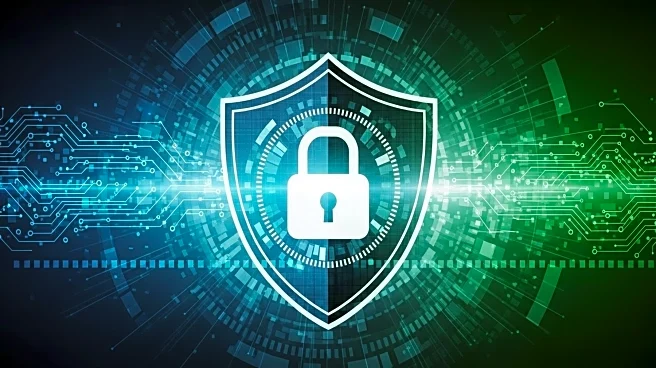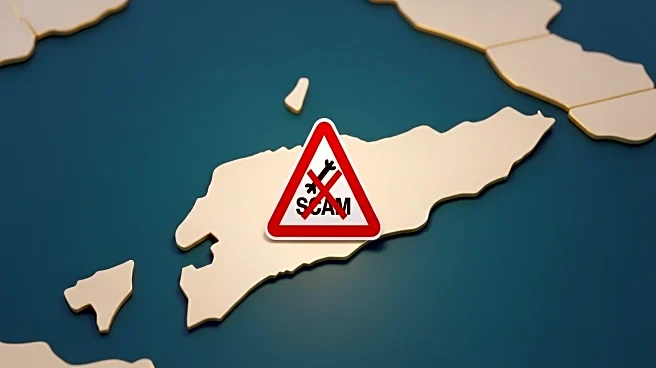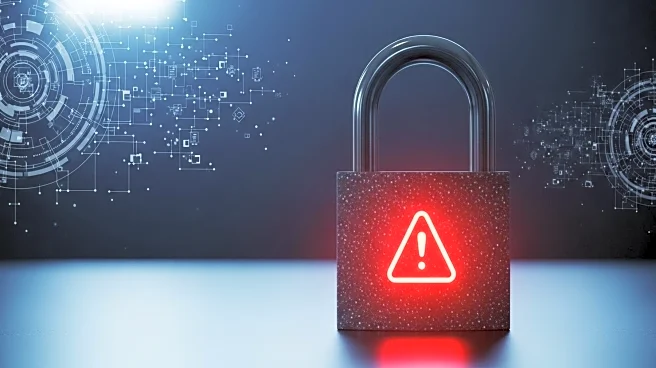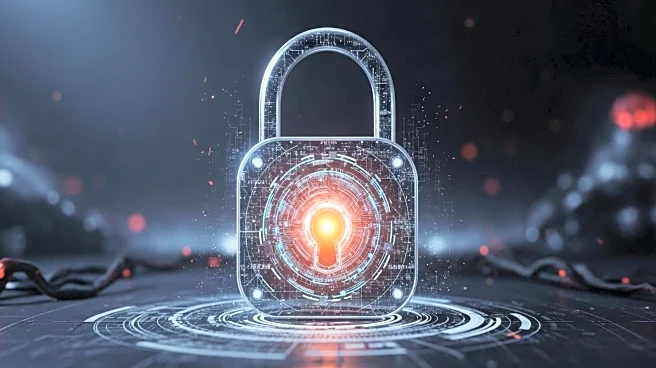What is the story about?
What's Happening?
A recent briefing titled 'The Threat from Within: A Growing Concern,' jointly published by ACAMS and Cifas, has shed light on the evolving nature of insider threats within both public and private sector organizations. Traditionally viewed as rogue traders or disgruntled employees, insider threats now encompass a broader spectrum, including collusion with external actors such as organized crime gangs and state actors. The briefing highlights several case studies that illustrate the complexity and cross-sectoral nature of insider-enabled fraud, money laundering, and cybercrime. Notable cases include a $11.6 million insider fraud at Equity Bank in Kenya, embezzlement by a former U.S. State Department budget analyst, and procurement fraud involving NHS Scotland. These incidents underscore the critical role insiders play in facilitating and executing financial crimes, often circumventing existing controls.
Why It's Important?
The increasing prevalence of insider threats poses significant risks to financial institutions and public sector organizations. Insiders can act as facilitators or gatekeepers, enabling complex fraud and geopolitical money laundering schemes. This evolution in threat dynamics necessitates enhanced internal oversight and proactive monitoring of employee behavior. The broader impact includes potential systemic governance weaknesses, amplified vulnerabilities due to insufficient segregation of duties, and the risk of geopolitical laundering efforts. Organizations must adapt their anti-financial crime strategies to address these multifaceted threats, integrating employee risk scoring, behavioral analytics, and interdisciplinary detection teams.
What's Next?
Organizations are likely to implement more robust internal controls and monitoring systems to mitigate insider threats. This may include developing insider threat typology libraries, conducting red team exercises to test system vulnerabilities, and strengthening whistleblower protections. Collaboration across departments such as HR, cybersecurity, AML, and compliance will be crucial in creating interdisciplinary detection teams. Additionally, institutions may focus on integrating employee risk scoring and enhancing due diligence processes to prevent insider collusion with external threats.
Beyond the Headlines
The rise of insider threats highlights ethical and cultural challenges within organizations. The need for systemic shifts in monitoring and detection processes reflects broader vulnerabilities in governance and internal culture. As insider threats intersect with cyber risk, geopolitical risk, and sanctions evasion, organizations must consider the long-term implications of these interconnected risk domains. Addressing insider threats requires a holistic approach to financial crime risk management, emphasizing the importance of internal vigilance and cross-departmental collaboration.
AI Generated Content
Do you find this article useful?













